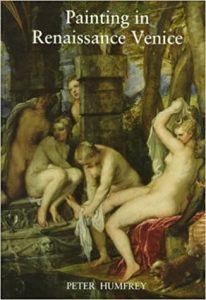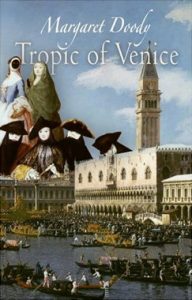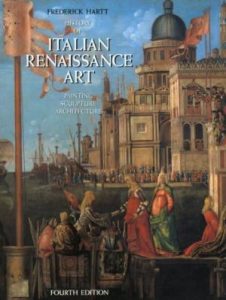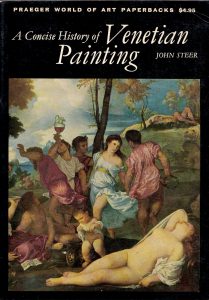The Library is pleased to present the Culture Picks for the month of April, thanks to the arduous research of volunteer Mike Duffy. Our Picks this month include two exhibitions at La Maison Rouge that touch on themes of exclusion, suffering, and survival. Both are exceptional and not to be missed. An exhibition on Mary Cassatt shows her as much more than an American Impressionist painter in Paris and a show on Tintoretto focuses on his earlier works.
BLACK DOLLS: THE COLLECTION OF DEBORAH NEFF
CEIJA STOJKA (1933-2013): A ROMA ARTIST IN THE 20TH CENTURY
LA MAISON ROUGE
23 February—20 May 2018
La Maison Rouge is hosting two amazing exhibitions built on memories of exclusion, suffering and survival. One of the exhibitions is “Black Dolls: The Collection of Deborah Neff,” an outstanding selection of 250 hand-made African-American dolls whose history ranges from the time when Africans were enslaved in the United States to the early 20th Century when high quality manufactured African American dolls came to the market. The other exhibition, “Ceija Stojka: A Roma Artist in the 20th Century” displays through paintings and writings the courage, stamina and recollections of a Roma survivor of three Nazi concentration camps.
The dolls, collected by New Yorker Deborah Neff, range from primitive to finely dressed, their histories largely hidden as are the stories of their makers and the children for whom they were made. The exhibition also includes photographs collected to develop understanding of the people whose lives were enriched by these dolls, two slide shows of additional historical photos and a fine video narrated in part by Maya Angelou.
The 150 paintings of self-taught artist Ceija Stojka show in dramatic, primitive style the shattering of the lives of Roma people in Austria by depicting brutal scenes of mass roundups, vicious treatment and extermination of those the Nazis deemed inferior followed by peaceful scenes of life after liberation from the death camp. Stojka’s figures and buildings recall Chagall’s while the trees, skies, and sunflowers call to mind Van Gogh’s colors and techniques.
Recommended books from the Library collection for “Black Dolls: The Collection of Deborah Neff”:
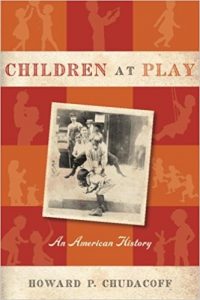
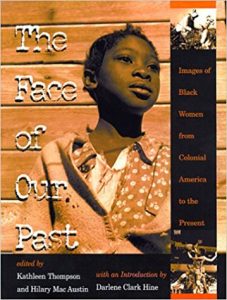

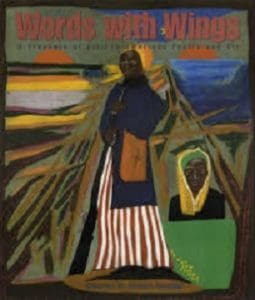
Recommended books from the Library collection for “Ceija Stojka: A Roma Artist in the 20th Century”:

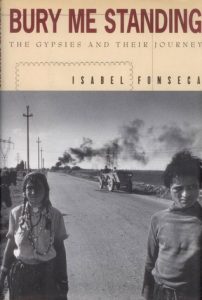


MARY CASSAT: AN AMERICAN IMPRESSIONIST ARTIST IN PARIS
MUSÉE JACQUEMART-ANDRÉ
9 March—23 July 2018
You may call Mary Cassatt an American Impressionist as this exhibition does or, as others have, a female Impressionist, a woman painter, an expatriate artist, a painter of women and children, a painter of children and women or a painter of the feminine. You would be correct with each of those descriptions, but, even better, you could leave behind all the boxes she has been put in and enjoy the often dazzling, very real, natural faces found throughout her works on display. You could also marvel at her technical skills including the incorporation of the lessons of great masters; the short, quick strokes of the Impressionists; as well as the virtuosity of Japanese printmaking masters. In short, you can look at how she expressed herself in works from throughout her long life, started in Pennsylvania and lived mostly in France.
While you can look at Mary herself in a wonderful painting by her long-time friend and fellow Impressionist Edgar Degas, it is in the second room that you start your encounter with the warm, realistic, sensitive portrayals of wholesome children. The portrait of her brother and his son, for example, shows her expertise in capturing natural, casual interaction in the Cassatt family known for its love of children. In this and many other paintings on display, you see an extraordinarily modern note: the child and parent touching, cheek to cheek or in the lazy, dreamy moments as the child falls to sleep.
The marvelous colors and careful design show a true master at work. Over and over in the show, we see careful craft combining with great talent to bring a child-like joy to timeless images of children. Mary Cassatt was an American Impressionist in Paris…and much more.
Recommended books from the Library collection:
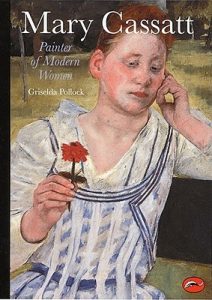


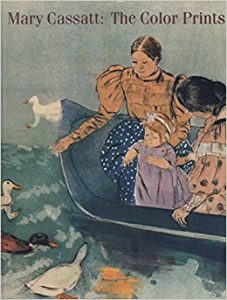
TINTORETTO: THE BIRTH OF A GENIUS
MUSÉE DU LUXEMBOURG
7 March—1 July 2018
This is an exhibition about the beginning, about early work of a great painter, about development of style and vision. The first painting in this exhibition is a striking self-portrait. Gazing straight at the viewer over his shoulder, Tintoretto invites us to get to know him and, it seems, to like him. There is a human warmth in this picture. In the final painting in the exhibition, Tintoretto shows that he is ready to move on to grand scale masterpieces of religious art. In between we see an artist in a hurry.
Before the studies and decorative works prepared for the Venetian upper class, there are displayed several captivating portraits. These are real people presented by an artist of real talent. The works that follow will be for ceilings or studies in which the figures and faces were never meant to be seen up close. These first portraits, however, show varied, human faces without apparent attempt to flatter, against bare, dark backgrounds with clothing rendered with quick brushwork and no details. These are superb works and worth some time to appreciate their quality.
There are many questions about attribution in this exhibition as Tintoretto worked with colleagues and assistants, while other artists may have mimicked his style to try to capture a bit of his success. One great find in this exhibition is the work of Tintoretto’s colleague then rival Giovanni Galizzi whose Saint Mark enthroned between two saints is a very fine 16th century work.
Recommended books from the Library collection:
